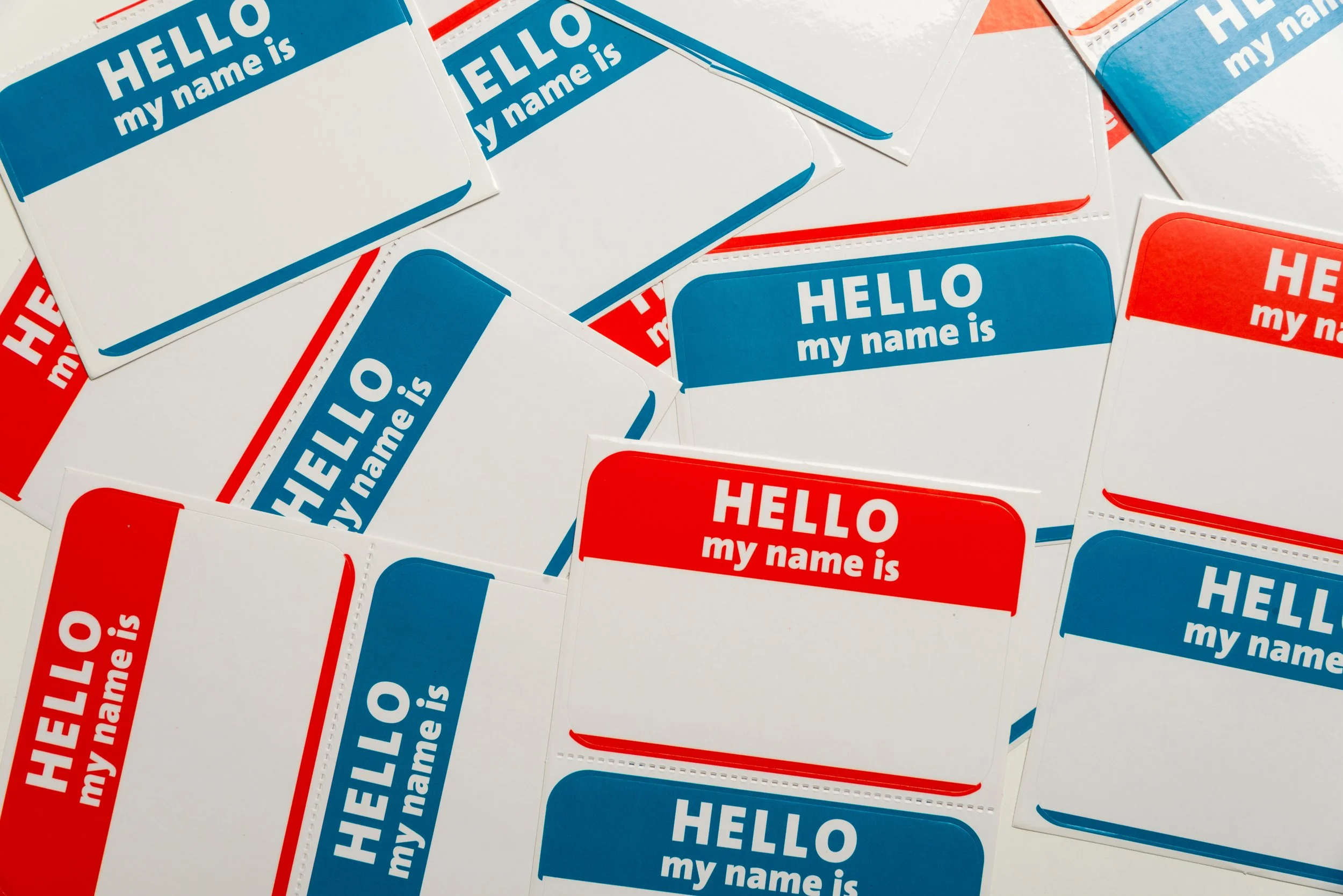2023 has seen an extreme amount resistance to DEI, and many companies that are supporting DEI are facing backlash for their advertisements and products. Chick-fil-A, too, recently faced negative backlash simply for having a DEI page on their website, with people accusing them of “going woke” and demanding boycotts. One person even suggested DEI was antithetical to Chick-fil-A’s Christian values.
I have written in the past about how companies can address internal resistance to DEI initiatives, from utilizing dialogue to demonstrating transparency to sticking to their values. In that same vein, many organizations want to know how they can prepare for and address public backlash to DEI. Today, I will go through three key tips to handle this potential antagonism!
1. Focus on the Vision
Above all else, organizations must keep in mind that DEI is for the long term. The backlash they may receive is temporary, no matter how vitriolic it may seem. Ultimately, this backlash is rooted in fear, especially people’s fear of losing power. As time passes, more and more of those who oppose DEI realize that these initiatives are not about seizing power from anyone; rather, DEI is about creating a world where all people are included and treated fairly. The result? Much of their fear gradually fades! The long-term benefits of DEI are incalculable; for example, DEI increases an organization’s competitive advantage, meaning that only by sticking to those values will such productivity come to fruition. And let’s not forget that companies who stick with DEI are more likely to thrive even during economic downturns! DEI is a perpetual vision for the future, and as such organizations must resist the urge to get caught up in the finite backlash of the present.
2. Positive Economics of DEI
Speaking of the economy, much attention has recently been placed on Target and Bud Light’s dismal profits in the wake of anti-LGBTQ+ backlash that caused them to remove Pride products or revoke Pride campaigns. However, this information is only part of the story! Multiple organizations who have committed to DEI, be it through a public campaign or internal policy, have found that their profits ultimately increase—often substantially so. Allow me to give just a couple examples:
Nike demonstrated its commitment to supporting DEI and racial justice through a “campaign with football player and civil rights activist Colin Kaepernick. The ad was supported by the coveted young consumers demographic and won Nike (NKE) an Emmy. In the years since the campaign, Nike (NKE)’s share price has increased.” In other words, Nike is still going strong not just in spite because in fact because of their dedication to DEI!
United Airlines similarly made a DEI commitment in 2021 “for half of its incoming pilot trainees to be women and/or people of color,” leading to backlash and accusations of reverse discrimination. But if we “[c]ut to the beginning of 2023… United [Airlines] was reporting fourth-quarter 2022 profit of $843 million, beating Wall Street expectations.” Seems like the rationale of “go woke, go broke” simply doesn’t hold water.
In other words, there’s no shame in seeing vitriolic backlash and questioning whether an organizational commitment to DEI is worth the potential antagonism. I can certainly sympathize with this anxiety! But again, the negative economic impacts of this backlash are temporary. Because DEI is a long-term vision, its economic impacts are similarly rooted in the long term, and if companies remain committed to DEI, they will find positive economic growth in their future!
3. It’s About Community
What much backlash regarding DEI fails to recognize is that an organization’s commitment to diversity, equity, and inclusion is inherently intertwined with their commitment to the community they serve. Dallas Mavericks owner Mark Cuban puts it more eloquently than I ever could:
“‘Call me woke — you don’t need to call it DEI, you can call it whatever you want — I call it good business… [DEI] means taking the people that you’re selling to and making sure your workforce looks like them, and making sure you can reflect their values and being able to connect to that. That’s what works for me.’”
DEI is about cultivating a workplace that reflects and supports its community, and that includes embracing the inherent beauty and value of diversity. What’s more, younger generations are fully in support of DEI! More than half of all adults who identify as LGBTQ+, for example, are under 35, meaning demands for organizations to support the LGBTQ+ community and their LGBTQ+ employees will not be going away anytime soon. In fact, they are only going to increase with time. DEI is a vision for the future of all communities, where we can say with confidence that everyone feels supported, included, and welcomed.
At the end of the day, DEI is simply the right thing to do—it’s good for the future, good for business, and good for the community. No amount of backlash will change that!
Dima Ghawi is the founder of a global talent development company with a primary mission for advancing individuals in leadership. Through keynote speeches, training programs and executive coaching, Dima has empowered thousands of professionals across the globe to expand their leadership potential. In addition, she provides guidance to business executives to develop diversity, equity, and inclusion strategies and to implement a multi-year plan for advancing quality leaders from within the organization.
Reach her at DimaGhawi.com and BreakingVases.com.





















